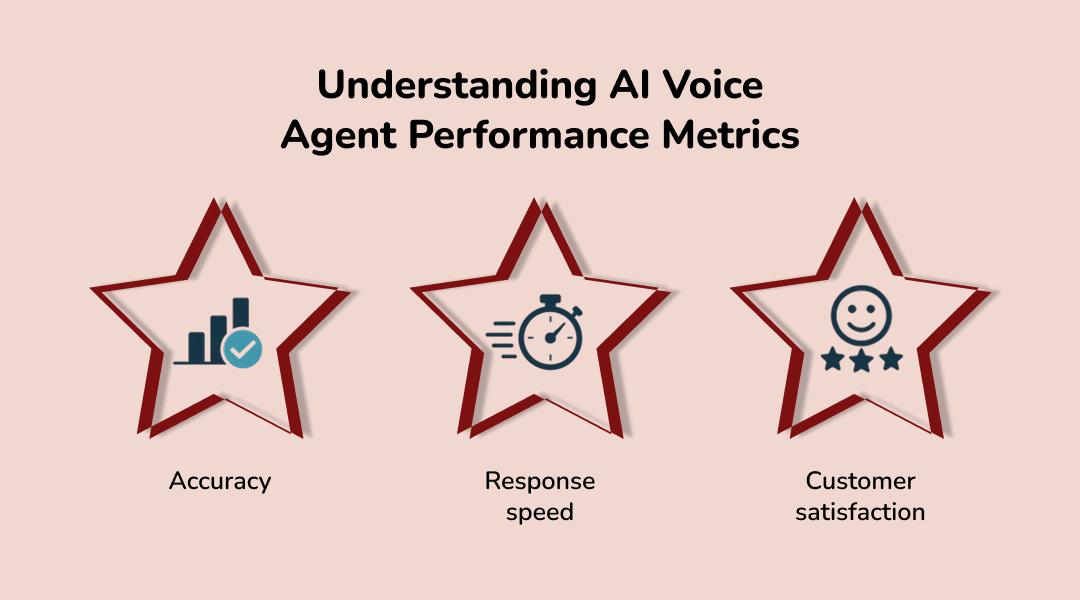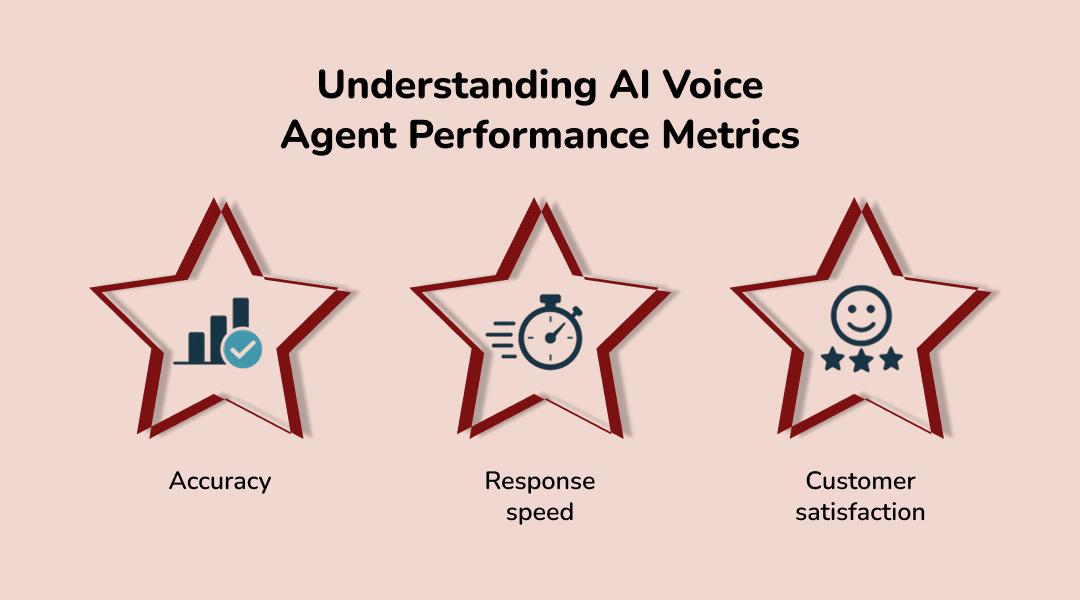How to Optimize Your AI Voice Agent for Better Performance
I’ll be blunt: most AI voice agents I’ve audited fail not because of technology, but because of sloppy strategy. Businesses throw in a voice bot expecting miracles, and within weeks they’re buried under complaints about long pauses, robotic responses, and “Sorry, I didn’t get that” loops.
I know because I’ve lived it. As a Senior AI Consultant at KriraAI, I’ve been called in to fix broken deployments where customer satisfaction had cratered and costs were climbing instead of falling. And yet, when done right an AI call agent can cut handling times by 35% and raise CSAT by double digits.
This article is my field manual. No hype. No hand-waving. Just the concrete steps to optimize your AI voice agent for better performance.
Understanding AI Voice Agent Performance Metrics

If you don’t measure, you’re just guessing. These are the metrics that actually matter:
Accuracy (speech recognition & intent detection)
If the AI voice agent misunderstands “cancel my subscription” as “renew subscription,” you’re not just failing—you’re actively damaging trust. Accuracy is the foundation.
Response speed
Latency kills conversations. A three-second pause feels like forever in a live call. Optimizing infrastructure and deployment (cloud or hybrid) is non-negotiable.
Customer satisfaction (CSAT, NPS)
The ultimate truth. You can have 95% accuracy, but if customers still leave angry, your optimization means nothing.
Common Challenges in AI Voice Agents
I’ve seen the same three problems on repeat:
Misinterpretation of customer queries
Accents, slang, and noisy environments trip up even advanced models.
Long response times
Poorly tuned infrastructure or over-complicated dialogue trees add dead air.
Poor integration with CRM/ERP systems
If your AI-powered call assistant can’t fetch account details instantly, it forces handoffs back to human agents, negating the point.
Best Practices to Optimize Your AI Voice Agent

Here’s the tactical playbook I use with clients:
Improve Natural Language Processing (NLP) models
Generic models don’t cut it. Fine-tune with your industry’s vocabulary—insurance claims, fintech compliance terms, or e-commerce product categories.
Train with domain-specific data
Feed the model your transcripts, support tickets, and knowledge base. It’s messy work. It’s also the only way to achieve reliable performance.
Reduce latency with cloud/hybrid deployment
Hybrid setups reduce round-trip time and keep conversations fluid. (Think of it as shaving milliseconds that add up to make or break user patience.)
Personalize responses with AI-driven context
A returning customer doesn’t want to repeat their issue every time. Train the system to pick up context and deliver continuity.
Leveraging Conversational AI for Better Engagement
A good conversational AI voice agent doesn’t just respond—it engages.
Adding emotional intelligence to responses
Tone matters. Saying “I understand” in a flat monotone makes customers angrier. Emotional intelligence models can adjust tone dynamically.
Contextual memory for seamless conversations
When an AI voice bot optimization project succeeds, it feels natural. “Last time we spoke, you asked about…” builds human-like rapport.
Integration with Business Tools for Higher Efficiency
AI voice agents in customer service are only as good as their ecosystem.
CRM, ERP, and ticketing system integrations
Your AI call agent must fetch customer histories, process refunds, or create support tickets instantly.
Analytics dashboards for performance tracking
Don’t just review logs—visualize them. CSAT trends, abandonment rates, and average handling times should be on one dashboard.
Testing, Monitoring, and Continuous Improvement
An AI voice assistant for business isn’t fire-and-forget. It’s iterative.
A/B testing different conversation flows
Test variants like “Would you like me to connect you?” vs “Should I transfer this call?” Small language changes drive big outcomes.
Real-time monitoring tools
Track performance live, not quarterly. Latency spikes? You’ll see them before your customers do.
Feedback loops from human agents
Your frontline staff know where the AI stumbles. Listen to them. Feed that back into training.
Future Trends in AI Voice Agent Optimization
A few trends I’m watching closely:
Multimodal support (voice + chat + video) in one agent.
Proactive AI call agents that notify customers before issues escalate.
Industry-specific regulatory AI that ensures compliance during live calls.
This isn’t science fiction—it’s already being tested.
Conclusion
Optimizing your AI voice agent isn’t about shiny features. It’s about getting the fundamentals right, accuracy, speed, integration, and customer satisfaction. At KriraAI, I’ve seen skeptical companies transform their support ops with these exact steps.
If you’re serious about improvement, stop asking “Which vendor has the fanciest demo?” and start asking “How do we make this agent actually work for our business?” That’s the difference between a bot customers hate and an assistant they trust.
For businesses looking for Best AI Voice Agent Solutions or even planning to Hire AI Developer for custom builds, the path is the same: measure, test, train, improve.
FAQs
Costs vary between $25,000–$100,000 depending on complexity, integrations, and training data needs. Ongoing optimization is part of the expense.
Yes. With conversational AI and contextual memory, modern systems can manage multi-step interactions without losing track.
Track precision/recall against test datasets, then retrain with domain-specific transcripts and edge-case queries.
Hybrid deployment (cloud + edge) often provides the best balance of low latency and scalability.
No. Like human agents, they need continuous monitoring, retraining, and updates as language and customer needs evolve.

CEO
